Snow Ryder
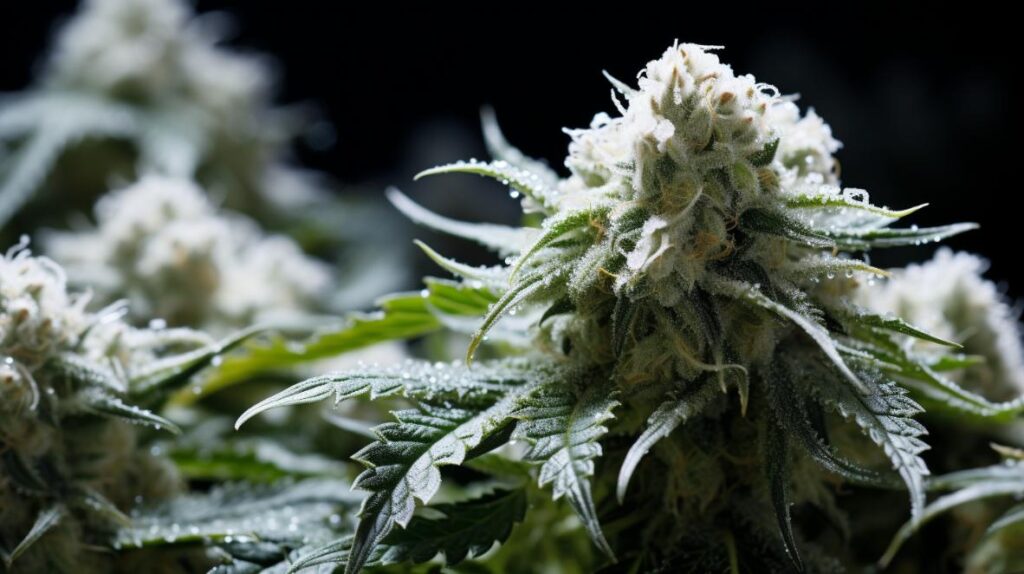
The Snow Ryder strain, a distinguished member of the cannabis community, represents a remarkable blend of genetics, combining the resilience and rapid flowering of the LowRyder with the potent and aromatic characteristics of the Snow White strain.
This indica-dominant hybrid, with its THC levels ranging between 20% to 23%, has garnered attention for its ability to provide a harmonious balance of euphoria and relaxation, making it a subject of interest for both recreational and medical users. The strain’s unique terpene profile contributes to its sweet and citrusy aroma, complemented by a hint of spice, which enhances the overall experience.
Moreover, its medical applications, including the treatment of chronic pain and depression, underscore its potential therapeutic benefits. As we explore further, the intricate details surrounding Snow Ryder’s genetic lineage, its effects, both therapeutic and adverse, and its standing within the cannabis community reveal a complex character worthy of closer examination.
Genetic Lineage
The genetic lineage of Snow Ryder, an Indica-dominant hybrid, is distinguished by its unique composition, stemming from the crossbreeding of LowRyder and Snow White, which contributes to its notable potency and autoflowering capabilities.
As a cannabis strain, Snow Ryder’s heritage is pivotal in understanding its robust profile and the effects it can deliver to consumers. The intricacies of its genetic makeup are evident in its exceptional THC content, which ranges between a formidable 20%-23%. This potency level is a direct result of the carefully selected parent strains, LowRyder and Snow White, both of which are recognized for their significant contributions to the cannabis genetics pool.
LowRyder, known for its compact stature and rapid flowering cycle, imparts these autoflowering traits to Snow Ryder, making it a preferred choice for cultivators seeking efficiency coupled with high yields. Snow White, on the other hand, is prized for its resinous buds and soothing effects, enhancing Snow Ryder’s appeal to users seeking therapeutic relief.
The amalgamation of these two strains culminates in Snow Ryder’s unique genetic lineage, rendering it one of the strongest autoflowering strains available in the cannabis market. This synergy not only underscores the importance of genetic selection in cannabis cultivation but also highlights Snow Ryder’s distinctive place within the array of cannabis strains.
THC/CBD Content
With an average THC content ranging from 20% to 23%, Snow Ryder strain stands out for its notably high potency which directly influences its therapeutic applications and user experiences. This significant level of THC is the primary psychoactive component that contributes to the strain’s effectiveness in managing symptoms such as chronic pain, depression, and stress.
The euphoric and sedative effects induced by Snow Ryder are a direct consequence of this elevated THC concentration, making it a preferred choice for those seeking relief from these conditions.
The lack of explicit information on the CBD content in Snow Ryder suggests that its therapeutic benefits are primarily attributed to its THC content rather than CBD. This aligns with the strain’s profile as being more suitable for psychoactive effects rather than non-psychoactive, CBD-driven outcomes.
The high THC range of 20% to 23% underscores its potential for strong euphoric experiences and sedative relaxation, positioning Snow Ryder as a potent option for users requiring significant symptom management.
Therefore, the technical analysis of Snow Ryder’s cannabinoid profile highlights its application in therapeutic contexts, particularly for users with specific needs around chronic pain, depression, and stress management.
Terpene Profile
Moving beyond its cannabinoid composition, Snow Ryder’s terpene profile plays a crucial role in defining its aromatic allure and therapeutic potential, featuring a blend of sweet-spicy, earthy, and citrus notes. Terpenes, the aromatic compounds in cannabis, are pivotal in shaping the strain’s sensory experience and its physiological effects.
Snow Ryder, much like its namesake Snow White, possesses a terpene profile that is enchanting and rich, contributing to its unique character.
The strain’s aromatic bouquet is primarily composed of myrcene, limonene, and caryophyllene. Myrcene, known for its sedative qualities, imparts a subtly sweet and earthy fragrance, enhancing the strain’s relaxing effects. Limonene, with its bright citrus aroma, is associated with mood elevation and stress relief, echoing the uplifting narrative of Snow White. Caryophyllene, offering a spicy counterpoint, may contribute to the strain’s potential in alleviating symptoms of depression and anxiety.
This complex terpene profile underscores the importance of aromatic compounds in the holistic evaluation of cannabis strains. By understanding these profiles, users can better navigate the diverse cannabis landscape, selecting strains like Snow Ryder that align with their desired effects and flavor preferences.
Effects
Snow Ryder strain exhibits a multifaceted array of effects. It notably induces feelings of arousal, sleepiness, and upliftment, while also delivering a profound body stone coupled with a breezy head high. This particular profile makes it an intriguing subject within the realm of auto-flowering strains. Auto-flowering strains are known for their unique genetic attributes that contribute to their distinct effects.
The Snow Ryder strain’s capability to invoke such a wide spectrum of sensations can be attributed to its finely balanced indica-sativa hybrid composition. This composition ensures a comprehensive impact on both the mind and body.
Technical analysis of user reports indicates that approximately half of the individuals utilizing Snow Ryder experience significant relief from conditions such as depression, insomnia, and muscle spasms. This suggests a high therapeutic potential, especially for those seeking alternative treatments. However, it’s important to note that a minority of users may encounter dizziness as an adverse effect. This underlines the importance of dosage management and individual sensitivity considerations.
Given Snow Ryder’s sweet-spicy, earthy, and citrus flavor profile, it appeals to a broad audience. This further solidifies its position within the auto-flowering strains market. Its effects, coupled with its distinctive taste, make it a compelling choice for those exploring online options for same-day pickup or delivery in the United States. It caters to individuals seeking both recreational and medicinal benefits.
Medical Uses
Given its efficacy in addressing conditions such as depression, insomnia, and muscle spasms, the Snow Ryder strain presents a compelling case for its medical applications. With half of the users reporting significant relief from depression, Snow Ryder emerges as a viable adjunct or alternative to traditional pharmacotherapy in the management of this pervasive mental health condition. Its action mechanism, potentially involving the modulation of neurotransmitter activity, warrants further scientific exploration to elucidate its antidepressant properties fully.
Similarly, its effectiveness in promoting sleep among 50% of its users positions Snow Ryder as a potential therapeutic agent in combating insomnia. This benefit likely stems from its sedative properties, which facilitate the onset of sleep, thereby addressing a critical aspect of insomnia management. The strain’s capacity to alleviate muscle spasms in an equal proportion of individuals further underscores its utility as a muscle relaxant. This effect is particularly relevant in conditions characterized by involuntary muscle contractions, offering a non-pharmacological option for symptom management.
Moreover, the strain’s sweet-spicy, earthy, and citrus flavor profile enhances its appeal, potentially improving patient adherence to medical cannabis regimens. The combination of its relaxing and soothing high with its medicinal properties renders Snow Ryder a versatile option in the cannabis-based therapeutics landscape.
Flavor and Aroma
Beyond its notable medical applications, the sensory appeal of the Snow Ryder strain, particularly its flavor and aroma, plays a crucial role in its overall user experience. The strain’s aromatic profile is rich and multifaceted, offering users a complex bouquet that harmonizes sweet-spicy, earthy, and citrusy notes. This intricate aroma not only enhances the appeal of Snow Ryder but also contributes to its distinctive character.
The flavor profile of Snow Ryder is equally impressive, characterized by a well-balanced blend of sweet-spicy, earthy, and citrus notes. This combination provides a palate-pleasing experience that is both refreshing and comforting. The sweet-spicy component adds a warm, invigorating sensation, while the earthy tones ground the flavor, lending it a sense of depth and richness. Citrus notes introduce a bright, zesty quality that elevates the overall taste, creating a harmonious and enjoyable flavor profile.
Analytically, the interplay between these flavors and aromas is significant. It showcases the strain’s ability to deliver a multi-dimensional sensory experience, where each note complements and enhances the others. The presence of snow in its name might evoke a sense of purity and crispness, paralleling the clean, nuanced experience it offers to users.
Appearance
One immediately notices the striking appearance of Snow Ryder buds, characterized by their sparkling, icy resin that exudes a sweet-spicy, earthy, and citrusy scent, encapsulating the strain’s essence visually and olfactorily. This visual and aromatic profile is not just a feast for the senses but also a testament to the strain’s potent genetic makeup and cultivation expertise.
Analyzing the appearance of Snow Ryder further, several key features stand out:
-
Height and Structure: The plants typically attain a stature ranging from 90 to 120 cm. This compact, squat appearance, coupled with close internodes, demonstrates the strain’s indica dominance, which contributes to its dense and robust form.
-
Bud Characteristics: Snow Ryder Automatic buds showcase a crystallized, white or amber-colored exterior, heavily adorned with frosty trichomes. These trichomes are not only responsible for the strain’s sparkling appearance but also for its potent effects and rich terpene profile.
-
Indica Dominance: Being 75% indica, the strain’s appearance hints at its mellow effects. The dense bud structure and heavy resin production are indicative of its soothing and relaxing properties.
-
Effect Profile: The visual allure of Snow Ryder is a precursor to its calming effects, offering a sense of wellbeing that envelops both body and mind without leading to overwhelming sedation.
It’s worth noting that the detailed examination of Snow Ryder’s appearance, much like reviewing a privacy policy, unveils crucial information about its characteristics and potential effects.
Grow Information
How does the Snow Ryder strain’s adaptable nature contribute to its cultivation success in both indoor and outdoor environments?
The key to its versatility lies in the comprehensive grow information available for this strain. Snow Ryder demonstrates a remarkable capacity to thrive across diverse growing conditions, attributable to its genetically engineered resilience and compact growth pattern.
Indoor growers benefit from a relatively short flowering time of 6-8 weeks, with plants reaching an optimal height of 90-120cm. This manageable size is particularly advantageous for space-constrained environments, ensuring efficient use of grow areas.
Outdoor cultivation commences in Spring, with flowering phases in June or July and harvest by September, aligning perfectly with temperate climates. Moreover, the strain exhibits a robust growth demeanor characterized by squat plants and close internodes, enhancing its resistance to various environmental stressors.
Snow Ryder Automatic simplifies the cultivation process further, with a flowering period of 55-65 days. Indoor yields can reach up to 450 grams per square meter, while outdoor plants are capable of producing around 200 grams each. This yield is maximized by employing a tailored light cycle of 20/4 and utilizing a combination of CFL lights and all-mix soil, demonstrating the strain’s responsive nature to specific grow setups.
Adverse Effects
While the Snow Ryder strain is celebrated for its multitude of benefits, it occasionally induces adverse effects such as dry eyes and dizziness, particularly in individuals sensitive to its high THC content. These side effects, although not severe, can impact the overall experience of consuming this cannabis strain. To ensure users are protected and can enjoy the benefits of Snow Ryder without significant discomfort, it’s crucial to understand and mitigate these adverse effects.
-
Dry Eyes: A common side effect due to the strain’s high THC levels. Staying hydrated and using over-the-counter eye drops can help alleviate this discomfort.
-
Dizziness: This may occur in those not accustomed to strains with THC contents ranging from 12-23%. Novice users or those with sensitivities should proceed with caution, starting with lower doses.
-
Sedation: While Snow Ryder offers a mellow combination of effects, its slightly sedative relaxation might not suit all activities, especially those requiring alertness.
-
Euphoria: Although generally considered a positive effect, the euphoria induced by Snow Ryder’s potent THC levels should be approached carefully, as it can be overwhelming for new users or those sensitive to THC.
Understanding these potential adverse effects and how to mitigate them ensures a safer, more enjoyable experience for all users.
Comparisons with Similar Strains
Exploring the landscape of cannabis strains reveals that Snow Ryder shares several key characteristics with other strains, such as Northern Lights and White Widow, in terms of effects, growth patterns, and medicinal applications. Both Northern Lights and White Widow are renowned for their potent sedative and euphoric effects, mirroring the calming high Snow Ryder is known for. Furthermore, when considering autoflowering capabilities, strains like Hindu Kush Automatic and White Skunk Automatic come into play, sharing similar growth characteristics which are pivotal for cultivators seeking strains with manageable growth cycles and robust yields.
| Strain Characteristics | Snow Ryder Comparisons |
|---|---|
| Effects | Sedating, euphoric; similar to Northern Lights and White Widow. |
| Growth Pattern | Autoflowering; akin to Hindu Kush Automatic and White Skunk Automatic, offering ease of cultivation. |
| Medical Applications | Effective against depression, insomnia, muscle spasms; comparable to the benefits provided by White Skunk Automatic and Hindu Kush Automatic. |
This comparison underscores the versatility and appeal of Snow Ryder among both recreational and medicinal users, positioning it alongside legendary strains in terms of grams per yield and overall desirability. Analyzing these similarities offers a comprehensive understanding of Snow Ryder’s place within the cannabis strain panorama.
Research and Studies
Building on the comparisons between Snow Ryder and similar strains, recent research and studies further illuminate its distinctive characteristics, particularly in terms of its genetic makeup, effects, and cultivation requirements. These insights offer a deeper understanding of Snow Ryder’s place in the cannabis community and its potential applications in both recreational and medicinal contexts.
-
Genetic Lineage and Flavor Profile: Snow Ryder is an autoflowering indica-dominant hybrid, a cross between LowRyder and Snow White, known for its sweet-spicy, earthy-citrus flavor. This unique blend contributes to its heavy crystallization and the sugary berry, citrus, and spice aromas that are highly valued by connoisseurs.
-
THC Content and Effects: With a THC range of 12-23%, Snow Ryder is particularly effective for treating conditions such as chronic pain, glaucoma, depression, and chronic stress. Its sedating effects are accompanied by euphoria and an increased appetite, making it a versatile strain for therapeutic use.
-
Cultivation Insights: Research indicates that Snow Ryder can thrive both indoors and outdoors. Indoor flowering occurs within 6-8 weeks, reaching heights of 90-120cm. Outdoors, cultivation begins in Spring, with flowering in June or July and harvest by September, offering flexibility for growers.
-
Site Security and Data Protection: It’s important to note that the dissemination of cultivation and strain information online is secured, ensuring that both the site and its users are protected by reCAPTCHA, safeguarding against unauthorized data access and enhancing user trust.
History and Origin
The history and origin of Snow Ryder, an autoflowering cannabis strain, are rooted in its genetic lineage, a deliberate crossbreed between the strains LowRyder and Snow White, aimed at creating one of the most robust autoflowering varieties available.
As a 100% autoflowering strain, Snow Ryder embodies the strengths of its parent strains, combining the compact, fast-finishing growth cycle of LowRyder with the potency and resin production of Snow White. This strategic hybridization has resulted in a strain that not only thrives in both indoor and outdoor environments but also boasts a THC content ranging from 12-23%, positioning it as a potent option for therapeutic use, particularly in the management of chronic pain, depression, and stress.
Analyzing the cultivation characteristics, Snow Ryder’s growth pattern is indicative of its genetic engineering, exhibiting a flowering time of 6-8 weeks when grown indoors and reaching optimal maturity for outdoor harvests in late summer. This adaptability, coupled with a height range of 90-120cm, makes it a versatile choice for cultivators.
The strain’s development is a testament to the nuanced application of breeding techniques aimed at enhancing autoflowering capabilities while maximizing therapeutic potential, marking a significant evolution in cannabis cultivation and strain optimization.
Frequently Asked Questions
Is Snow Strain a Sativa or Indica?
The question pertains to the genetic background of a cannabis strain, specifically whether it is classified as sativa or indica. The Snow Ryder strain is predominantly indica, with a genetic composition of 75% indica and 25% sativa.
What Is Considered the Strongest Indica Strain?
Determining the strongest Indica strain involves analyzing THC content and reported effects. Potency is a key factor, with some strains reaching up to 30% THC. However, individual responses can vary, making direct comparisons complex.
What Is the Rarest Sativa Strain?
In addressing the rarity of sativa strains, it’s pivotal to consider genetic diversity as a key factor. Such diversity contributes to the uniqueness and scarcity of strains within the sativa category, impacting availability and demand.
Is Snow Dog a Sativa or Indica?
Regarding the genetic lineage of Snow Dog, it is critical to note its classification. Snow Dog is predominantly an indica strain, reflecting its genetic composition which leans heavily towards indica, resulting in its characteristic soothing effects.

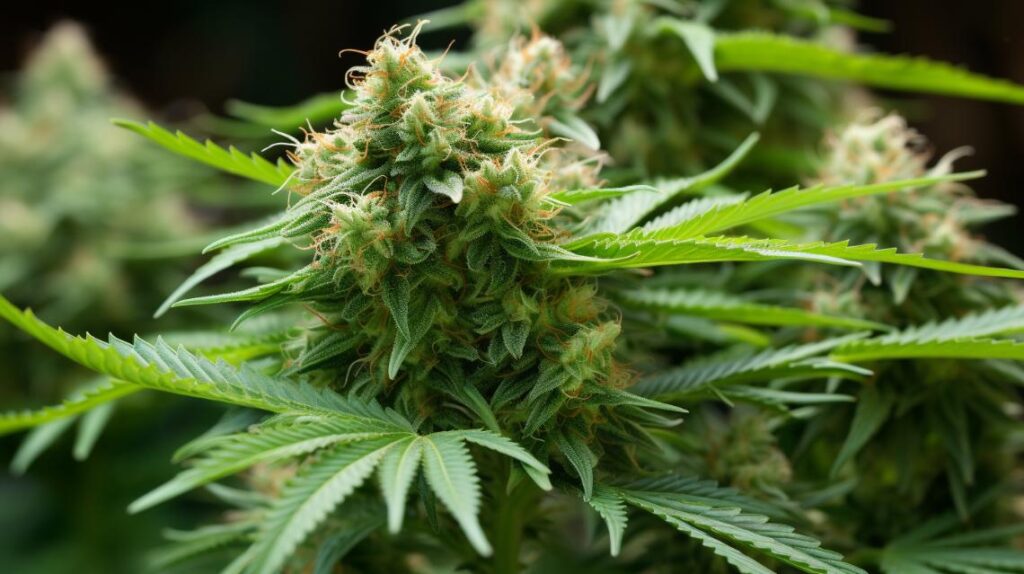
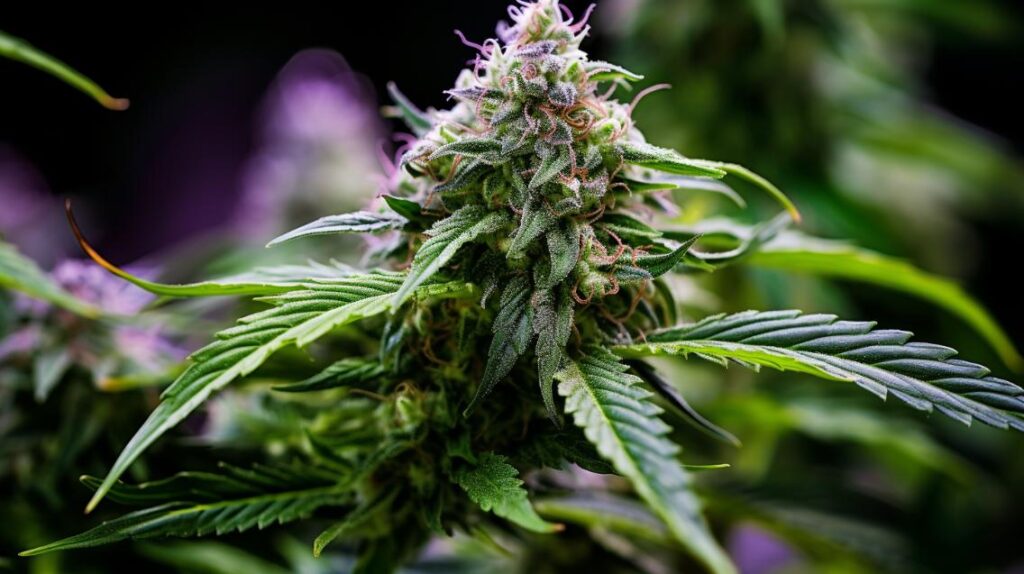
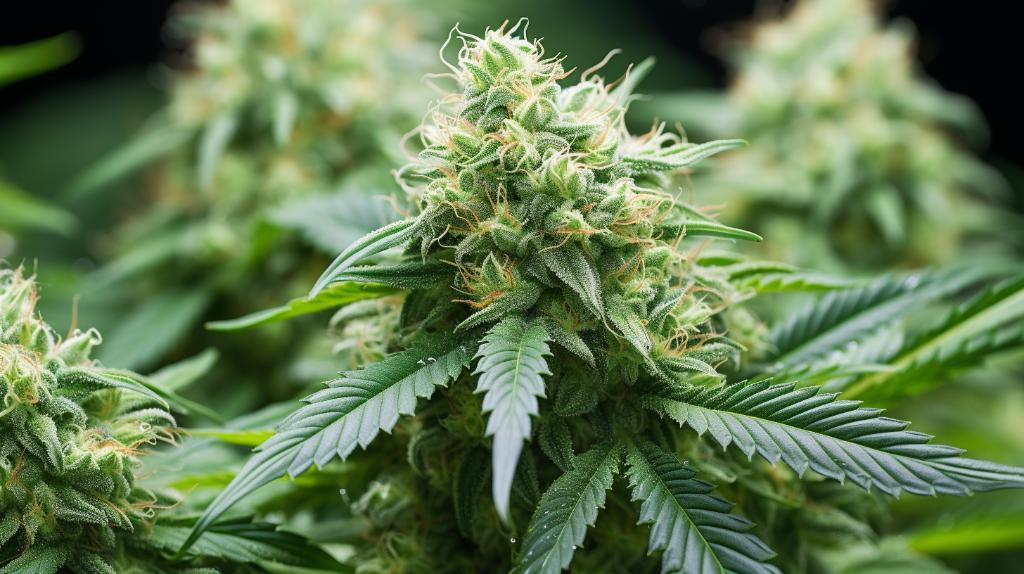
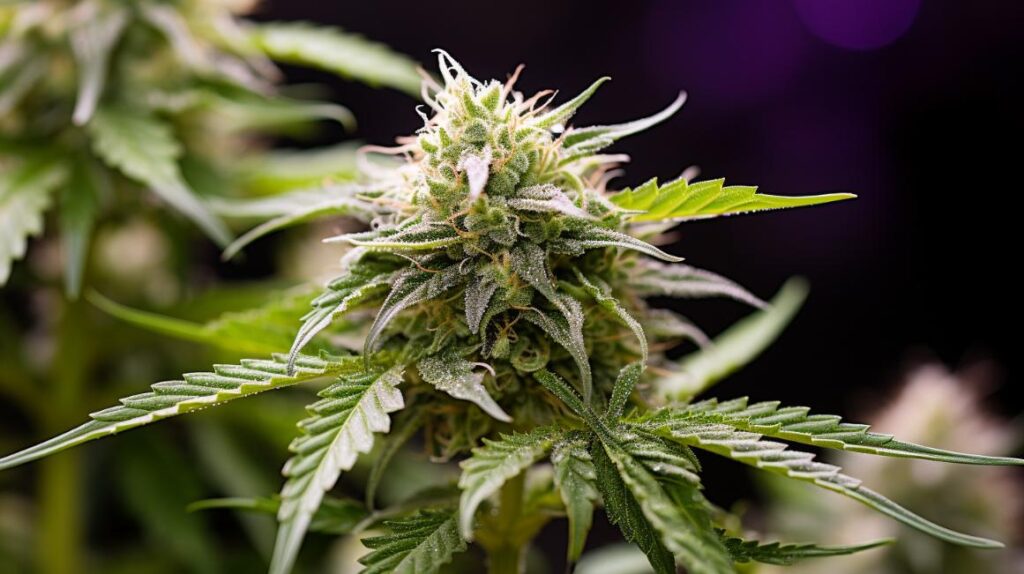
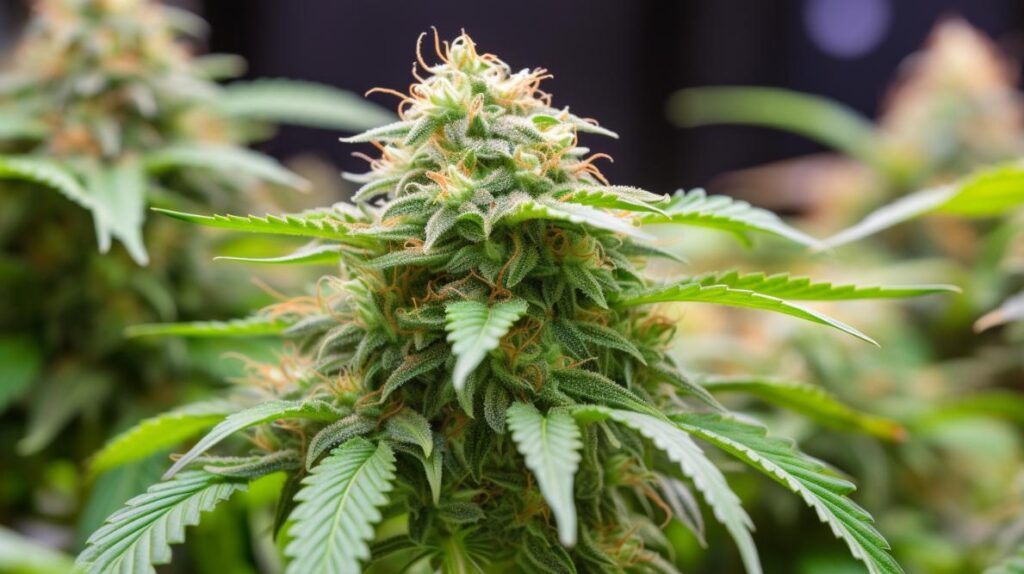

Responses